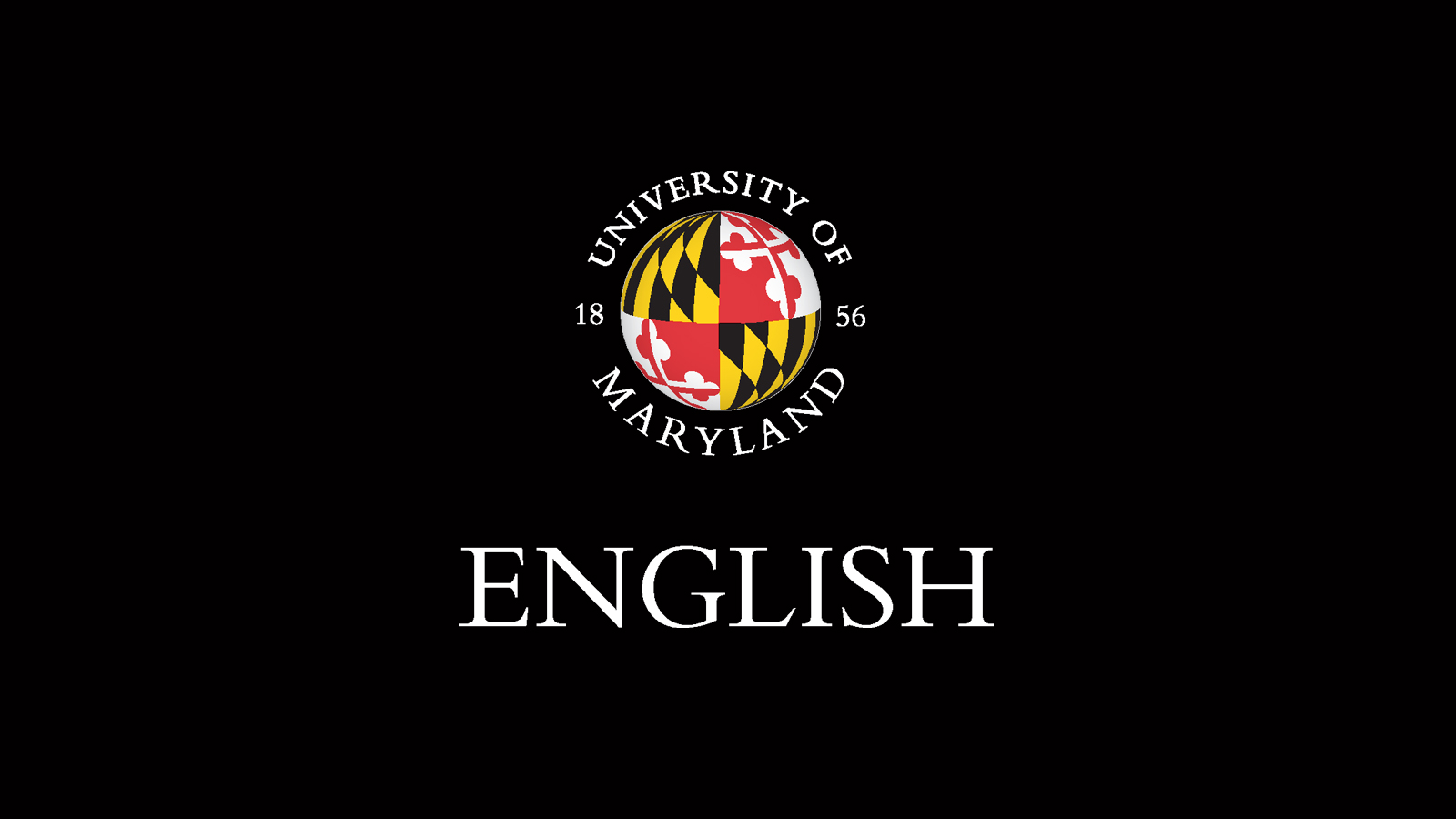Lecturer Alan Montroso's chapter "Medieval Posthumanism" Recently Published in the Palgrave Handbook of Critical Posthumanism
June 01, 2022

While the Middle Ages comprise the thousand years prior to the advent of Humanism, similar kinds of taxonomizing and hierarchical thinking were at play.
Lecturer Alan Montroso's chapter, "Medieval Posthumanism," was recently published in the Palgrave Handbook of Critical Posthumanism, ed. Stefan Halbrechter et al. This chapter considers the monster as a rich site for conversations about posthumanism within medieval studies. While the Middle Ages comprise the thousand years prior to the advent of Humanism, similar kinds of taxonomizing and hierarchical thinking were at play. The prevalence of monsters, beings who trouble binaries and demonstrate the porosity of boundaries, suggests discomfort with these emergent anthropocentric discourses, and this chapter explores scholarship on the monsters who disrupted mainstream medieval thought. From the inhuman creatures in the Old English epic Beowulf to the widely read fourteenth century Sir Gawain and the Green Knight, monsters straddled the perceived boundaries between human and non-human, nature, and culture. Moreover, bestial creatures like werewolves and dog-headed saints suggested not only uncertainties about the differences between humans and non-human creatures but also that the non-human might model other ways of inhabiting the world. Similarly, monsters whose embodiments are akin – but not equivalent – to contemporary ideas about disability might provide the present other ways of thinking about embodied differences.

